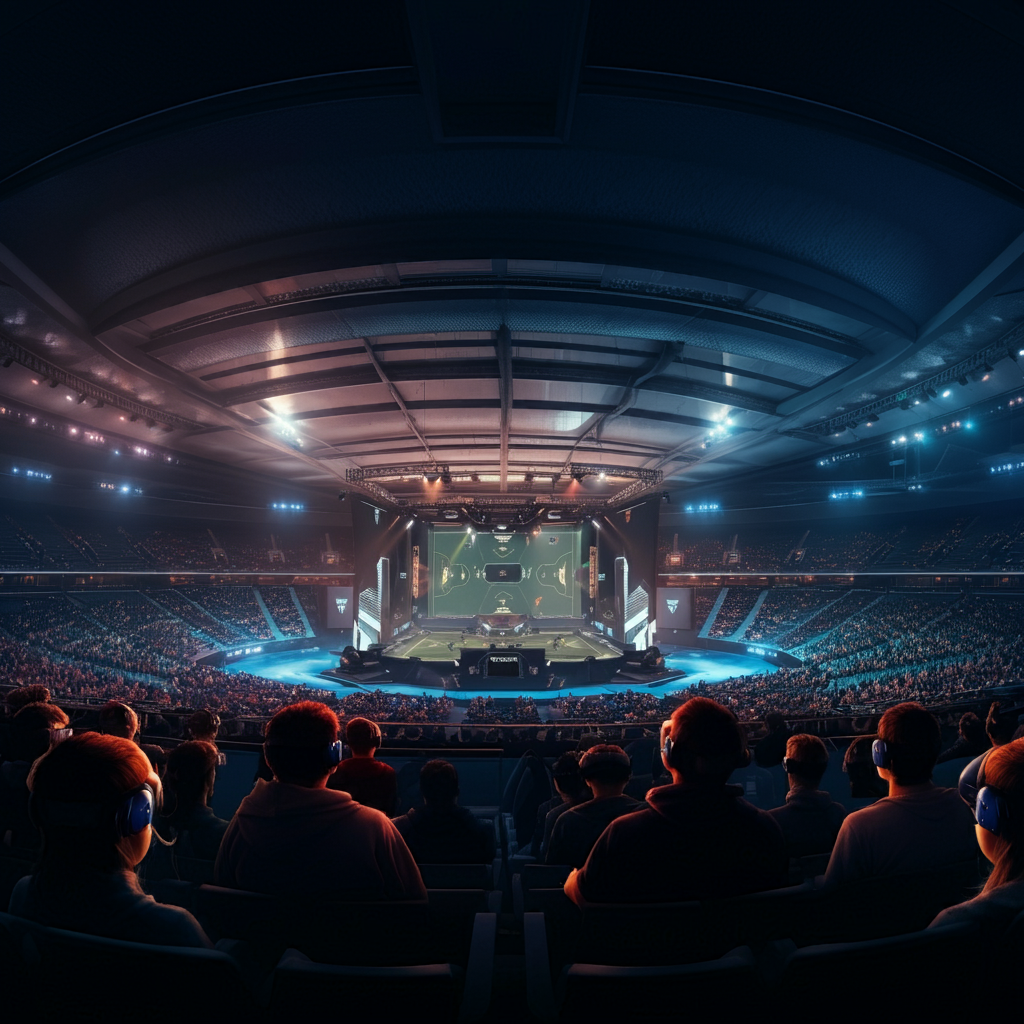Virtual reality (VR) technology is transforming the way fans experience competitive gaming, offering unprecedented levels of immersion and interaction that go beyond traditional viewing methods. As VR continues to advance, it is enhancing game spectatorship and fan engagement in several significant ways, creating a more dynamic and interactive environment for audiences.
One of the primary ways VR is enhancing game spectatorship is through immersive viewing experiences. With VR headsets, fans can enter virtual arenas and view games from various perspectives, such as the players’ point of view or from unique vantage points within the game world. This immersive experience allows spectators to feel as though they are part of the action, providing a deeper connection to the game and its participants. Fans can experience the intensity and excitement of the competition in a way that traditional screens cannot replicate, leading to a more engaging and memorable viewing experience.
Additionally, VR technology offers interactive features that allow fans to engage with the game and its environment in new ways. For example, VR viewers can explore virtual arenas, interact with game elements, and even participate in live polls or decision-making processes during matches. This level of interaction enhances the viewing experience by allowing fans to influence the game environment and engage with the content in real-time. Such features not only increase fan engagement but also foster a sense of community and involvement among viewers.
The use of VR in game spectatorship also opens up new possibilities for live event experiences. Virtual reality can be used to create virtual event spaces where fans can gather, socialize, and enjoy the game together, regardless of their physical location. These virtual spaces can host live streams, interactive events, and fan meet-and-greets, providing a new way for fans to connect with each other and with their favorite players. This social aspect of VR enhances the overall event experience and strengthens the sense of community within the gaming world.
Moreover, VR technology enables the creation of detailed and immersive visualizations of game statistics and player performance. Spectators can access real-time data and analysis through interactive VR dashboards, gaining insights into game strategies, player stats, and match dynamics. This enhanced data visualization helps fans better understand the intricacies of the game and appreciate the skill and tactics involved, adding a layer of depth to the viewing experience.
The integration of VR in competitive gaming also extends to fan engagement through virtual merchandise and in-game rewards. Fans can purchase and display virtual merchandise, such as team apparel or collectibles, within the VR environment. This virtual merchandise not only allows fans to show support for their favorite teams but also creates new revenue streams for game developers and event organizers. In-game rewards and exclusive content can also be unlocked through VR interactions, further incentivizing fan participation and engagement.
Despite these advancements, there are challenges to overcome in the integration of VR technology into game spectatorship. The cost of VR equipment and the need for high-quality content can be barriers for widespread adoption. Additionally, ensuring a seamless and comfortable VR experience is crucial for maintaining viewer satisfaction.
Overall, VR technology is significantly enhancing game spectatorship and fan interaction in competitive gaming by providing immersive viewing experiences, interactive features, and new engagement opportunities. As VR technology continues to evolve, it promises to further transform the way fans experience and connect with competitive gaming, offering exciting possibilities for the future of esports and beyond.

